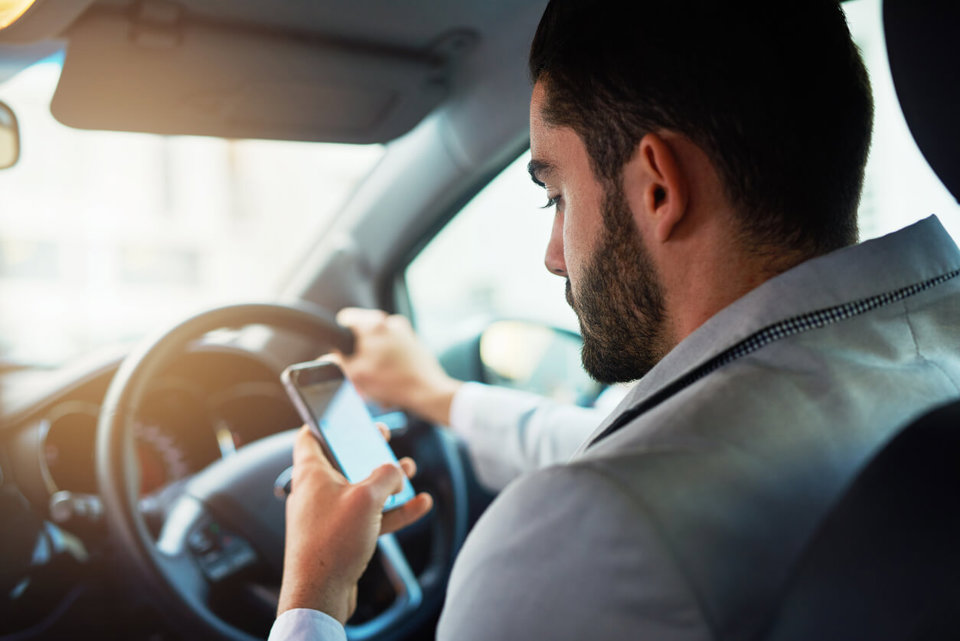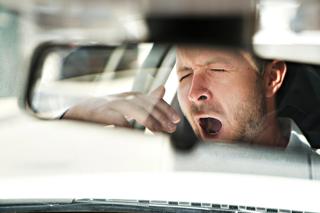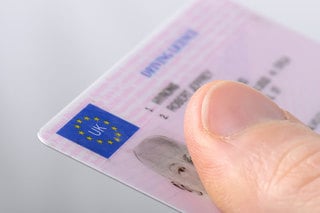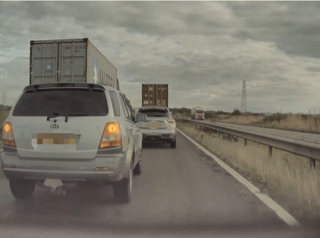Researchers at the Texas Transportation Institute at Texas A&M University have determined that a driver’s reaction time is doubled when distracted by reading or sending a text message. The study reveals how the texting impairment is even greater than many experts believed, and demonstrates how texting drivers are less able to react to sudden roadway hazards.
In addition to the reaction-time element, researchers also measured each driver’s ability to maintain proper lane position and a constant speed. Major findings further documented the impairment of texting when compared to the controlled driving conditions. Drivers were less able to:
- Safely maintain their position in the driving lane when they were texting and their swerving was worse in the open sections of the course than in barreled sections.
- Maintain a constant speed while texting, tending to slow down in an effort to reduce the demand of the multiple tasks. By slowing down, a driver gains more time to correct for driving errors (such as the tendency to swerve while texting). Speed variance was also greater for texting drivers than for non-texting drivers.
The fact that the study was conducted in an actual driving environment is important, the researchers say. While simulators are useful, the dynamics of an actual vehicle are different, and some driver cues can’t be replicated in a simulator.
The total distance covered by each driver in the study was slightly less than 11 miles. In the interest of safety for both participants and the research staff, researchers minimized the complexity of the driving task, using a straight-line course that contained no hills, traffic or potential conflicts other than the construction zone barrels. Consequently, the driving demands that participants encountered were considerably lower than those they would encounter under real-world conditions.
Ed Dubens ceo at Interactive Driving Systems said: ‘Driver distraction has been an emerging issue in US driver safety research and practice over the last few years, this study emphasizes the reasons why organizations requiring their drivers to travel for work purposes should take the issue very seriously as part of their worker health, wellbeing and safety programs.’
Federal statistics suggest that distracted driving contributes to as much as 20 percent of all fatal crashes, and that cell phones constitute the primary source of driver distraction. Researchers point to two numbers to illustrate the magnitude of the texting while driving problem: an estimated 5 billion text messages are sent each day in the United States, and at least 20 percent of all drivers have admitted to texting while driving.


















Login to comment
Comments
No comments have been made yet.